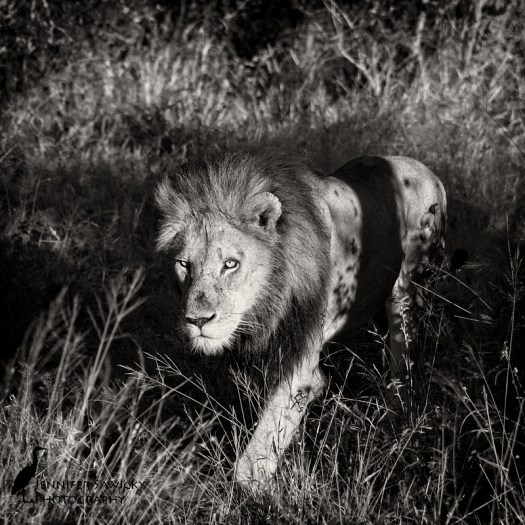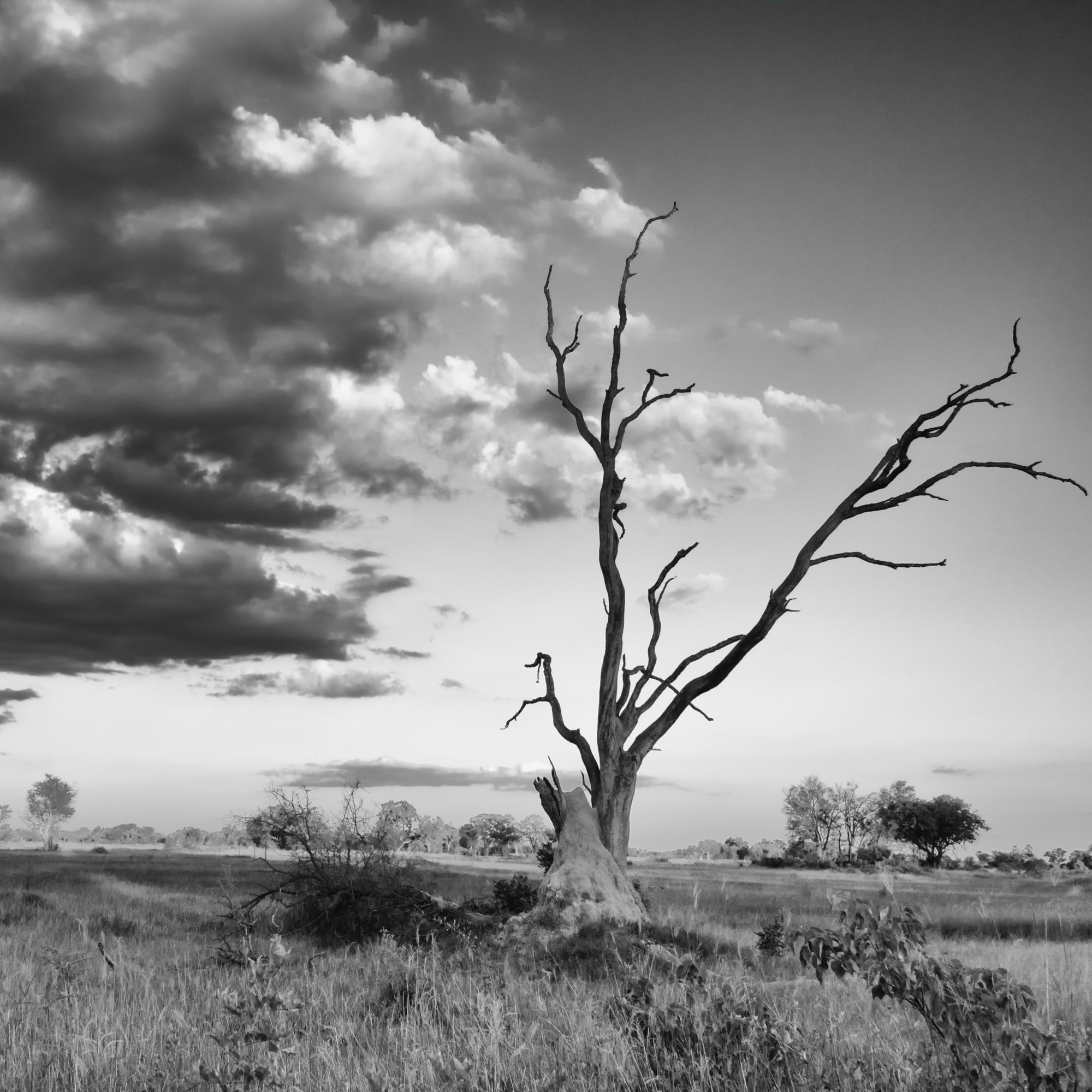





2019-08-26: Monochrome Monday
It’s no secret that I love elephants, and that I love editing elephant images in black and white. Here are a few from my most recent travels. I hope they brighten up your Monday 🙂





2019-08-21: Wordless Wednesday





2019-08-20: Monochrome Monday
Happy Monday! I hope everyone had a relaxing weekend, and is ready for the week ahead. I found a lion image from a previous trip that had been edited but never shared, so I found a couple of others to put together this grouping.
I hope you enjoy, and wishing you a fantastic week!



2019-08-18: Birds – The ones that are hard to get
Everyone that enjoys watching birds and photographing them knows that there are some species that are harder than others to get images of. I love the challenge of trying to capture that elusive clear image of a bird that tends to hide in the densest part of the treetops.
Locally, we have beautiful birds like the Western Tanager; a bird that I have only seen a handful of times, and photographed only on a rare occasion. The incredible yellow plumage on the males makes them targets for predatory birds, so sticking to dense areas makes a lot of sense. I admired the beautiful song of the Hermit Thrush for years before I finally saw a small brown and white bird singing, and had my first clue to discover the identity I had wondered about for so long.
While traveling, I kept up with trying to ID and photograph birds hiding in treetops and thickets. Some were deep amongst the leafy trees foraging for fruits, some were naturally shy and trying hard to stay out of sight, and sometimes, it was just unlucky positioning of the vehicle, and having to shoot through branches and grasses, before the bird flew away.
Here are a few of my shots of some of the more challenging birds spotted on my last trip.










2019-08-14: Wordless Wednesday



2019-08-12: World Elephant Day 2019
Instead of my weekly monochrome Monday post, I decided to share some of my favourite elephant images, in honour of World Elephant Day.
May these beautiful animals roam in peace 🙂
Elephants are my favourite animal to spend time with on safari, so feel free to search my site for elephants to find other posts about these majestic giants, or take a look at the gallery.
2019-08-11: Birds in the dark
Last week, I featured hornbills for my topic of the month, and this week, it is birds in the dark. I had started typing out birds at night, but one of the images was taken at daybreak, and I thought it best to try and be accurate 🙂
I was very fortunate to have several different owl sightings during my travels, as well as two nightjar sightings. The nightjars were by far the easiest to photograph, as they tend to lay in the road after dark, and if you are lucky you can drive the vehicle fairly close to them and use a spotlight. Owls are a more challenging one, unless you are lucky enough to find them very close to the road, and not spook them when driving up.
This past trip, the first owl sighting I had was on my first evening game drive, and it was rather exciting. I spotted this owl far away on a tree, and as we watched for a few moments, we realized it had a kill it was working on. The terrain made it impossible to drive any closer, so I had to do the best I could with a 400mm lens and a bit of cropping; the quality isn’t fantastic, but the moment was definitely memorable.



I had one eagle sighting while in the Timbavati, of a pearl-spotted owlet, but unfortunately by the time I got the attention of our ranger to stop, the owl was in flight and all I got was a butt shot as it flew away. And not even a decent butt shot; it’s completely blurry and not worth sharing. There’s always next time though 🙂
The rest of the sightings of birds in the dark all came while staying at Chitwa Chitwa with Harley as our guide. Harley really seemed to enjoy pointing out birds, and identifying the ones that I would randomly point at (generally small raptors which I still have a terrible time identifying).
The southern white-faced owl and the spotted eagle owl were seen within about 10 minutes of each other while heading back to camp for dinner; and then the pair of Verreaux’s eagle owls were spotted the following morning as we set off from camp.

Nightjar’s are a common bird to see on game drives at night, but a lot of times they fly away before you have a chance to capture a picture. This past trip, I was fortunate to have two sightings of different species that I could get decent images of.




I hope you enjoy my selections for the week. Wishing everyone a fantastic week ahead!
2019-08-07: Wordless Wednesday






2019-08-05: Monochrome Monday
This week I decided to work on some cheetah images for monochrome Monday. I only had one cheetah sighting on my last trip, but as we had the opportunity to watch the female cheetah stationary under a tree, and in the beginning stages of a failed hunt, there were lots of opportunities for images. I’m still waiting for the magic moment of seeing a cheetah moving at something faster than a saunter; but that’s just another reason to go on safari again someday!
I hope you enjoy my selections for the week. Happy Monday, and wishing you a wonderful week ahead!
































